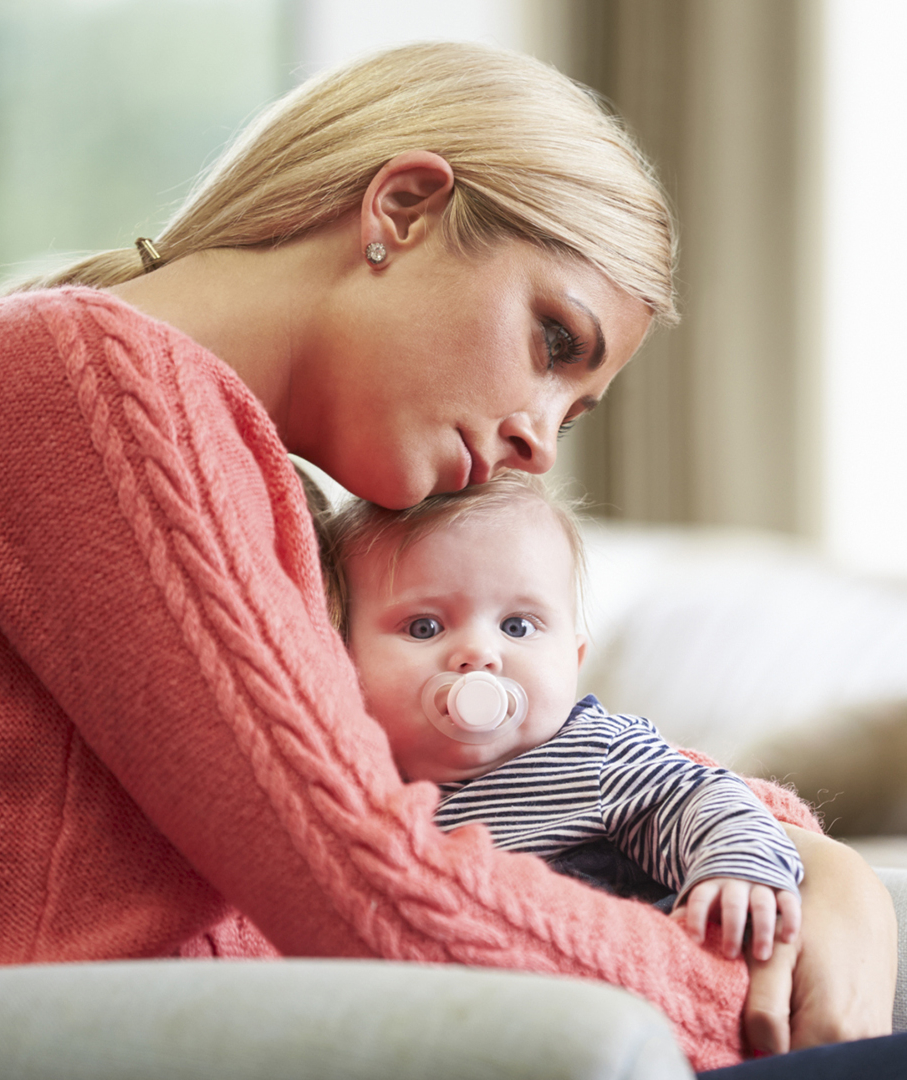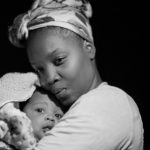A recent study from McGill University has assessed the prevalence and course of Post-Traumatic Stress Disorder (PTSD) following childbirth. The sample included 308 women who were assessed at four time points: 25-40 weeks gestation, 4-6 weeks postpartum, 3 and 6 months postpartum. Current and prior PTSD were assessed using the Structured Clinical Interview for DSM-IV (SCID-I) and the Modified PTSD Symptom Scale Self-Report (MPSS-SR).
Rates of PTSD varied according to the time of assessment and the instrument used. Higher rates of full and partial PTSD were observed using the MPSS-SR at 1month postpartum (7.6% and 16.6%, respectively). The following factors were assessed: higher anxiety sensitivity (odds ratio, OR=1.75), history of sexual trauma (OR=2.81), a more negative childbirth experience than expected (OR=0.96), and inadequate social supports (OR=0.40).
This study demonstrated that a history of sexual trauma and anxiety sensitivity may increase a woman’s likelihood of developing PTSD after childbirth. These findings are a bit different from a study we reviewed earlier this year. In addition to anxiety near the time of delivery, the other study (from Montbasson and colleagues) identified several additional risk factors: social isolation (OR=6.6), history of abortion (OR=6.2), infertility (OR=10.4), mothers’ report of prolonged labor (OR=3.5), and mothers’ perceptions of obstetric complications (OR=18.5).
While there is not yet consensus on risk factors for postpartum PTSD, both this study and the one from Montbasson suggest a relatively high prevalence of PTSD during the postpartum period. These findings highlight the importance of adequate screening for postpartum depression and PTSD.
Ruta Nonacs,MDPhD
Verreault N, Da Costa D, Marchand A, et al. PTSD following childbirth: A prospective study of incidence and risk factors in Canadian women. J Psychosom Res. 2012 Oct;73(4):257-63.








Leave A Comment